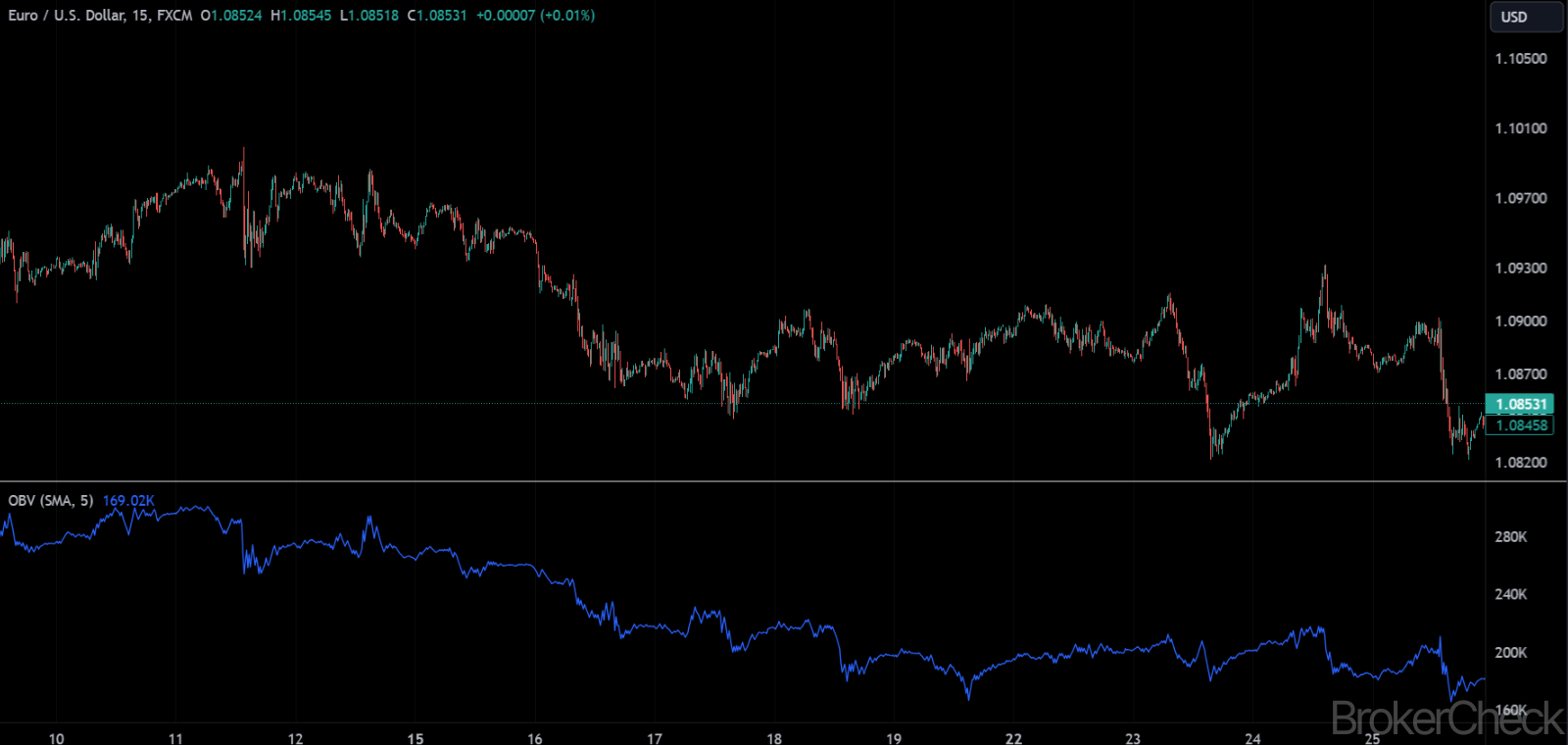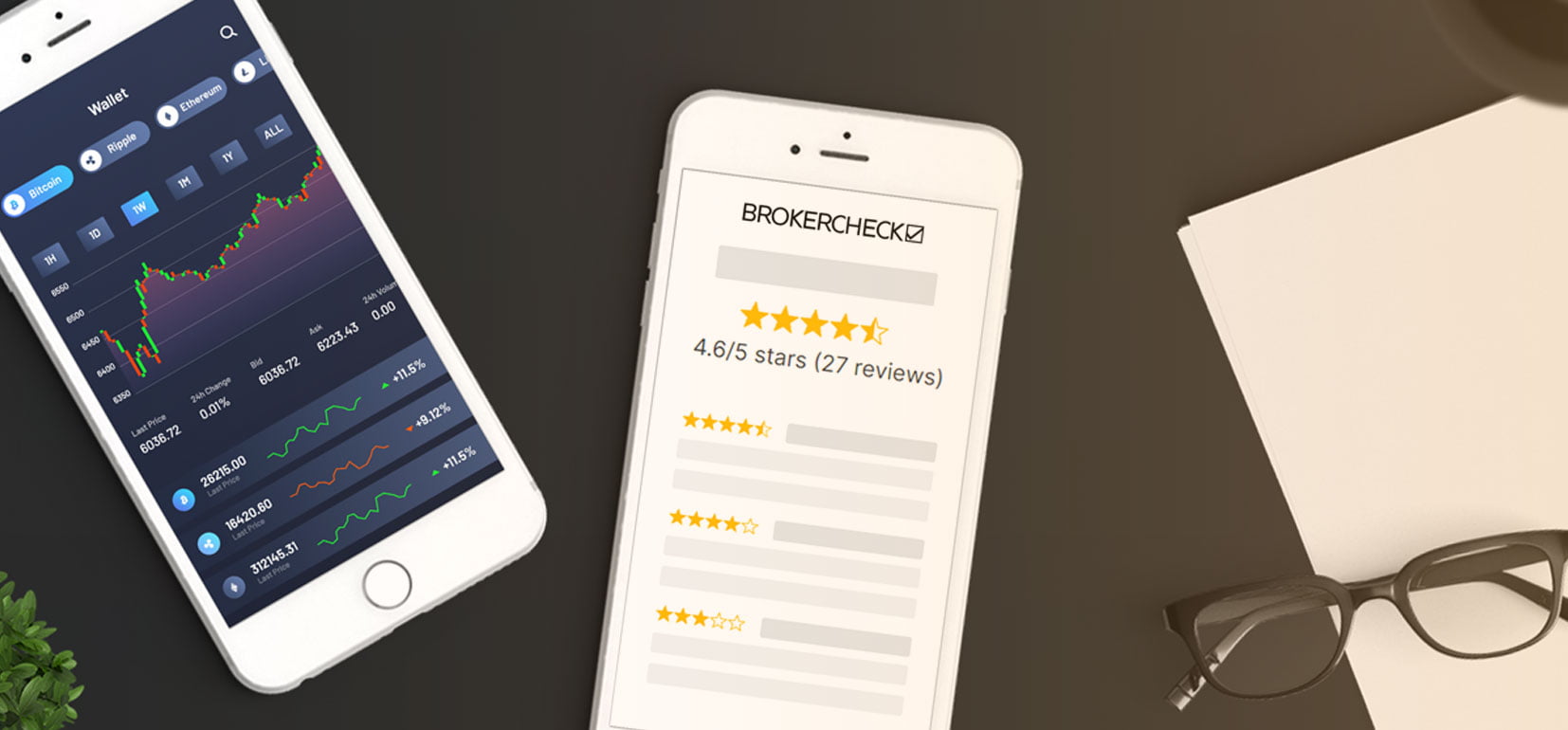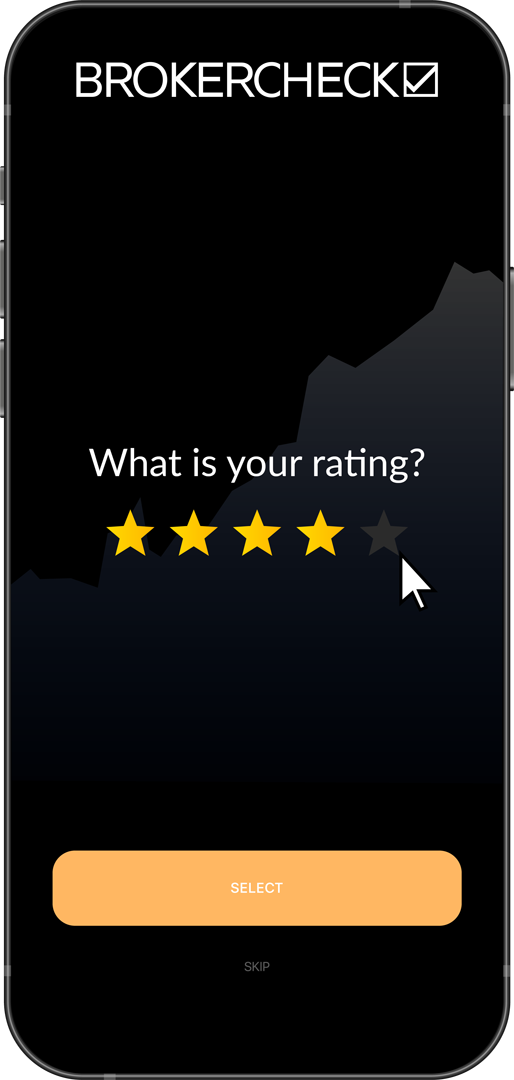1. Overview of the On Balance Volume (OBV) Indicator
The On Balance Volume (OBV) is a widely used technical analysis indicator that helps traders and investors understand the momentum of stocks or assets trading by correlating the volume with price movements. Developed by Joseph Granville in the 1960s, OBV is based on the idea that volume precedes price movements. Essentially, it posits that an increase in volume without a significant change in the stock price is indicative of upward price movements in the future, and vice versa.
OBV functions by adding the day’s trading volume to a cumulative total when the stock’s price closes up, and subtracting the day’s volume when the stock’s price closes down. This approach assumes that volume drives price due to the pressure from buyers or sellers.
The OBV indicator is unique because it combines price and volume, whereas most indicators focus on one or the other. It’s particularly useful for identifying trends or potential reversals in a market. For instance, if a stock’s price increases while its OBV also increases, it suggests that the price is likely to continue to climb. Conversely, if the price rises but OBV does not, this may indicate a potential price drop.

| Characteristic | Detail |
|---|---|
| Indicator Type | Momentum Indicator |
| Developed By | Joseph Granville |
| Primary Use | Identifying bullish and bearish trends based on volume and price changes |
| Common Timeframes | Short-term to long-term (day trading to swing trading) |
| Best Paired With | Other indicators like Moving Averages, MACD |
2. Calculation Process of the On Balance Volume (OBV) Indicator
The calculation of the On Balance Volume (OBV) is straightforward, making it accessible to both beginners and advanced traders. The OBV is determined by a cumulative total of volume, where the volume is added or subtracted depending on the price movement relative to the previous day’s close.
2.1 Basic Calculation
The calculation is done as follows:
- If today’s closing price is higher than yesterday’s closing price, then:
OBV = Yesterday’s OBV + Today’s Volume - If today’s closing price is lower than yesterday’s closing price, then:
OBV = Yesterday’s OBV – Today’s Volume - If today’s closing price is equal to yesterday’s closing price, then:
OBV = Yesterday’s OBV (no change)
This approach allows traders to see the flow of volume in and out of a stock, which is essential for assessing the strength of a price trend.
2.2 Example of OBV Calculation
Consider a stock with the following trading data over three days:
- Day 1: Closing Price = $10, Volume = 1,000 shares
- Day 2: Closing Price = $11, Volume = 1,200 shares
- Day 3: Closing Price = $10.5, Volume = 800 shares
Applying the OBV formula:
- Day 1 OBV = 0 (starting point)
- Day 2 OBV = 0 + 1,200 = 1,200 (Price increased)
- Day 3 OBV = 1,200 – 800 = 400 (Price decreased)
This simple example demonstrates how OBV is calculated and how it can reflect changes in volume related to price movements.
| Step | Process |
|---|---|
| 1 | Compare today’s closing price to yesterday’s |
| 2 | Add or subtract today’s volume based on price direction |
| 3 | Cumulate the result to form the OBV line |
3. Optimal Values for Setup in Different Timeframes
The On Balance Volume (OBV) indicator is versatile and can be applied across various timeframes. However, the optimal setup values for OBV might differ based on whether you are day trading, swing trading, or looking at longer-term investment horizons. Understanding how OBV behaves in different timeframes is crucial for effective analysis.
3.1 Short-Term (Day Trading)
In short-term or day trading scenarios, traders often focus on minute-to-minute or hour-to-hour changes. For OBV, this means closely monitoring the indicator for sudden changes in volume that could signify a short-term trend or reversal. While there are no specific numerical values to adjust in OBV for short-term trading, the focus should be on the steepness of the OBV line and volume spikes.
3.2 Medium-Term (Swing Trading)
For swing traders, who typically hold positions for days to weeks, OBV can be used to identify medium-term trends. In these cases, looking at daily or weekly charts would be more beneficial. Swing traders might focus on more sustained shifts in OBV, which could indicate a stronger trend or a more significant reversal compared to short-term fluctuations.
3.3 Long-Term (Investing)
Long-term investors might use OBV on a weekly or monthly basis to understand broader market trends. For these timeframes, OBV movements are less about the daily fluctuations and more about the overall direction and strength of the trend over extended periods. In long-term scenarios, divergence between OBV and price can be a significant indicator of market sentiment shifting.

| Timeframe | Focus |
|---|---|
| Short-Term (Day Trading) | Steepness of OBV line, volume spikes |
| Medium-Term (Swing Trading) | Sustained shifts in OBV, daily/weekly charts |
| Long-Term (Investing) | Overall direction and strength, divergence |
4. Interpretation of the On Balance Volume (OBV) Indicator
The interpretation of the On Balance Volume (OBV) indicator is pivotal for traders to understand market dynamics and potential price movements. The OBV primarily helps in identifying the strength of a trend and potential price reversals. It is important to note that OBV should be used in conjunction with other indicators for a more comprehensive analysis.
4.1 Trend Confirmation
One of the primary uses of OBV is to confirm the strength of a trend. An upward trend in price accompanied by a rising OBV suggests strong buying pressure, indicating the trend is likely to continue. Conversely, a downward trend in price with a decreasing OBV indicates strong selling pressure, implying the continuation of a downtrend.

4.2 Divergences
Divergence occurs when the price movement and the OBV trend do not align. A bullish divergence is identified when the price is making lower lows, but the OBV is making higher lows, suggesting a potential upward reversal. A bearish divergence is seen when the price is making higher highs, but the OBV is making lower highs, indicating a potential downward reversal.

4.3 Breakouts
Breakouts are another aspect where OBV can be particularly useful. A sudden and significant rise in OBV, especially when not accompanied by a significant change in price, may suggest an upcoming price breakout. Similarly, a sharp decline in OBV can precede a price breakdown.
| Aspect | Interpretation |
|---|---|
| Trend Confirmation | Upward OBV with rising prices indicates bullish trend; downward OBV with falling prices indicates bearish trend |
| Divergences | Bullish divergence (OBV up, price down) suggests upward reversal; bearish divergence (OBV down, price up) suggests downward reversal |
| Breakouts | Significant rise or fall in OBV may indicate upcoming price breakout or breakdown |
5. Combination with Other Indicators
While the On Balance Volume (OBV) indicator is powerful on its own, combining it with other technical indicators can enhance its effectiveness and provide a more rounded analysis. This synergistic approach allows traders to cross-verify signals and reduce the likelihood of false signals.
5.1 Moving Averages
OBV can be combined with moving averages to smooth out its volatility and identify longer-term trends. A common strategy involves using a moving average (like a 20-day or 50-day moving average) of the OBV. A buy signal is generated when OBV crosses above its moving average, and a sell signal is suggested when OBV falls below its moving average.
5.2 Relative Strength Index (RSI)
Pairing OBV with the Relative Strength Index (RSI) can help in confirming trend strength and spotting divergences. While OBV tracks volume to measure buying and selling pressure, RSI measures price momentum. When both OBV and RSI move in the same direction, it reinforces the strength of the trend.
5.3 Bollinger Bands
Bollinger Bands can be applied to OBV to identify periods of high and low volatility. When OBV touches or breaches the upper Bollinger Band, it might indicate an overbought condition, suggesting a potential price pullback. Conversely, if OBV touches the lower Bollinger Band, it might signal an oversold condition, indicating a possible upward price movement.

| Indicator | Combination Benefit |
|---|---|
| Moving Averages | Smoothens OBV, identifies long-term trends |
| Relative Strength Index (RSI) | Confirms trend strength, spots divergences |
| Bollinger Bands | Identifies high and low volatility periods in OBV |
6. Risk Management with the On Balance Volume (OBV) Indicator
Risk management is a critical component of successful trading, and the On Balance Volume (OBV) indicator can play a significant role in it. By providing insights into market trends and momentum, OBV helps traders make informed decisions that align with their risk tolerance and trading strategy.
6.1 Setting Stop Losses
OBV can assist in setting more informed stop-loss orders. For instance, if a trader enters a long position following a bullish OBV signal, they might place a stop loss below a recent low in the OBV line. This approach helps in limiting potential losses if the market moves against the expected trend.
6.2 Position Sizing
Understanding the strength of a trend via OBV can influence position sizing. In scenarios where OBV indicates a strong trend, traders might be more inclined to increase the size of their positions. Conversely, if OBV signals are weak or unclear, reducing position size can be a prudent risk management strategy.
6.3 Diversification and Hedging
Traders can use OBV to identify diversification opportunities in their portfolio. By analyzing different assets or sectors with OBV, traders can spot varying market dynamics and allocate their investments accordingly to manage risk. Additionally, OBV can aid in identifying hedging opportunities, particularly when divergences suggest potential reversals in correlated assets.
| Risk Management Technique | Application with OBV |
|---|---|
| Setting Stop Losses | Use OBV trends to set informed stop-loss levels |
| Position Sizing | Adjust position size based on strength of OBV signals |
| Diversification and Hedging | Analyze OBV across assets for diversification and hedging opportunities |










